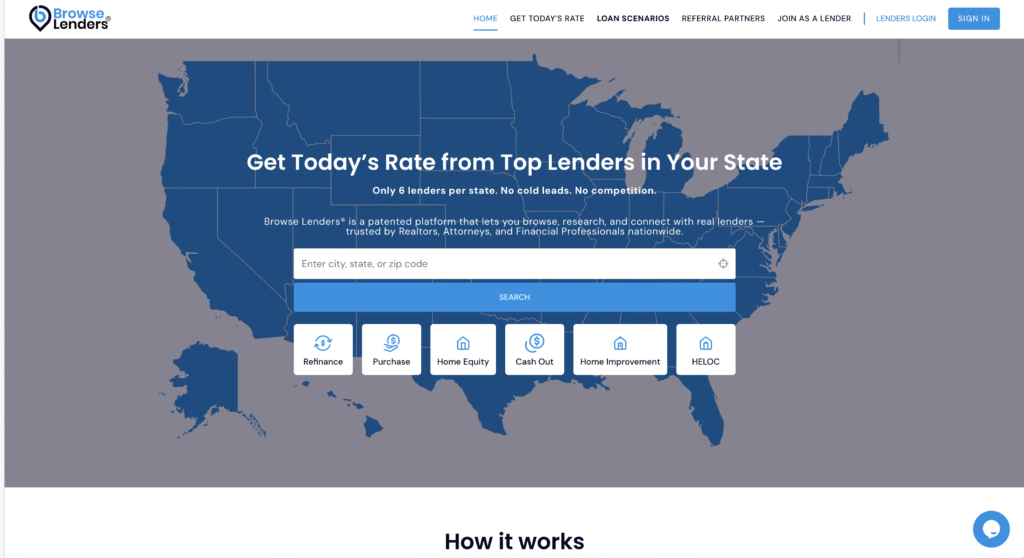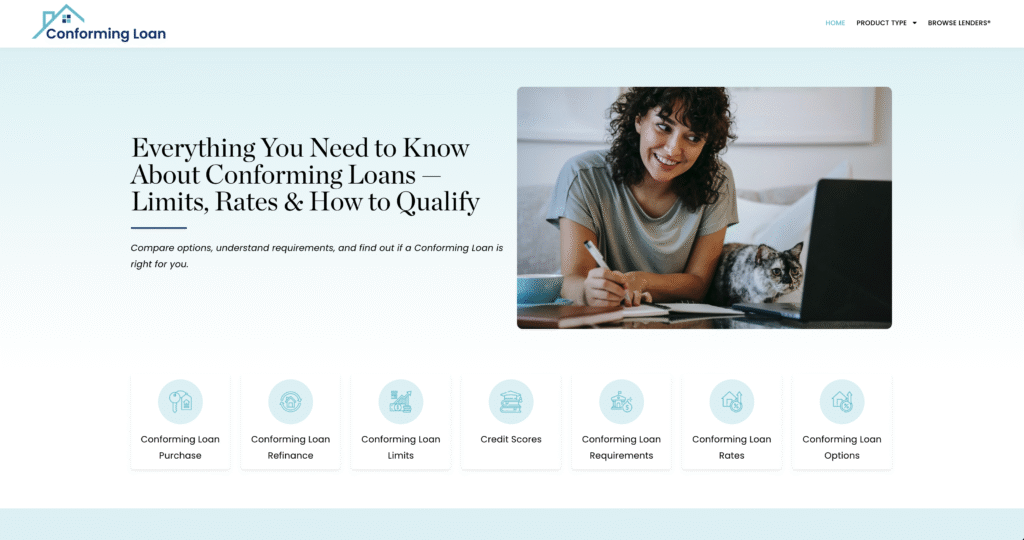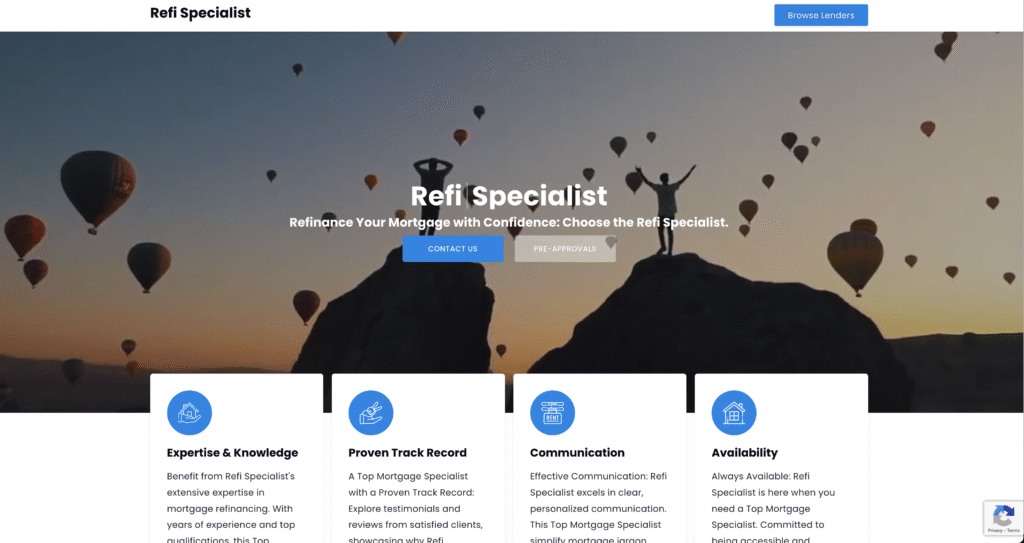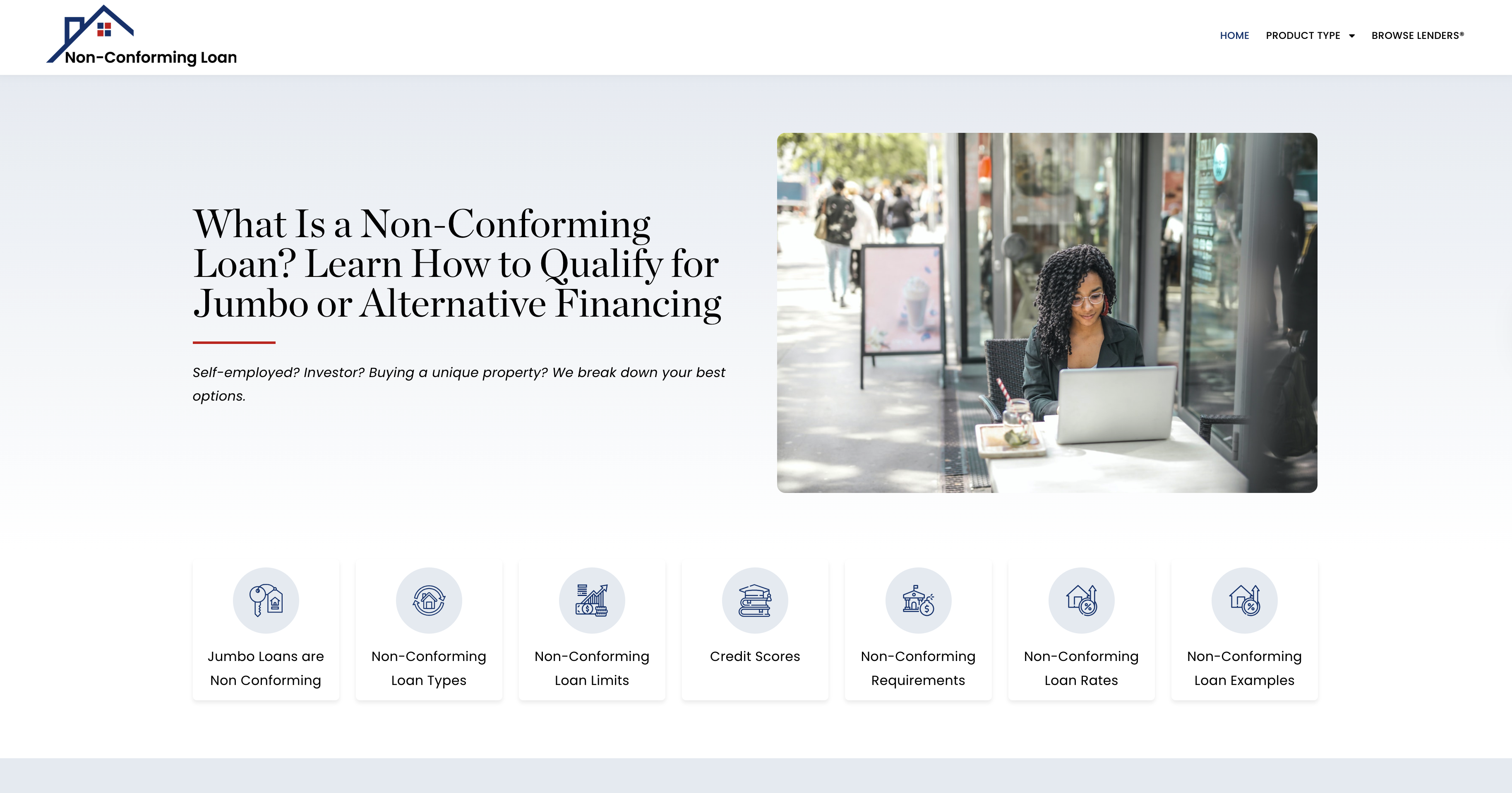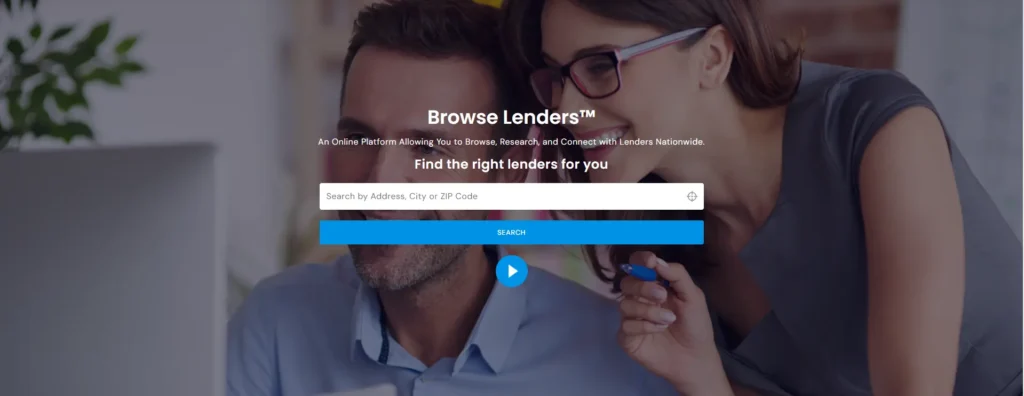Debt Snowball Planner: Organize Debts Smallest to Largest and Track Payoff Momentum
Paying off debt is more than a financial decision—it’s a mindset shift. And for many individuals struggling with multiple debts, especially those with low-to-moderate Middle Credit Scores®, the biggest hurdle isn’t the amount owed—it’s the feeling of being overwhelmed by competing balances. The Debt Snowball Method, popularized by financial educators for its psychological benefits, offers a powerful approach to gaining momentum by focusing on behavior, not just math. It emphasizes paying off the smallest balances first, regardless of interest rate, to build confidence and establish a pattern of quick wins. The result? An emotional boost that motivates borrowers to stay committed, gain traction, and eventually crush all their debts with increasing velocity.
The Debt Snowball Planner is designed to translate this motivational strategy into an interactive, visual framework. It helps users list all their debts from smallest to largest, assign due dates and minimum payments, and project how each payoff will impact their remaining budget and available credit. By visually tracking progress in real time, the planner turns the journey into a series of achievable milestones. As each debt is paid off, that former payment amount rolls over to the next largest balance—compounding the power of every payment and accelerating the payoff timeline. This strategy is especially impactful for users looking to rebuild their Middle Credit Score® because it naturally reduces the number of active accounts with balances, lowers utilization, and increases the likelihood of on-time payment consistency.
In the context of credit score rehabilitation, the Debt Snowball method also addresses key components that influence scoring models. Each time a user pays off a balance, their credit utilization ratio improves, which accounts for nearly 30% of most scoring formulas. Additionally, closing out smaller debts can boost a consumer’s confidence and prompt them to maintain payment discipline across all financial obligations. The Debt Snowball Planner also accounts for these score-related impacts by helping users forecast how soon they may reach certain score milestones based on their debt reduction behavior. With consistent use, many consumers report 20 to 60-point improvements in their Middle Credit Scores® within the first six months of executing the method.
But what sets this planner apart isn’t just the order of payoff—it’s the focus on emotional accountability and positive feedback loops. Users are encouraged to celebrate small wins, reflect on habits that led to prior overspending, and create new routines around mindful budgeting. The tool is especially valuable for borrowers who may not qualify for consolidation loans or who prefer not to use settlement services that can harm their credit profile. Instead of relying on external solutions, the Debt Snowball Planner empowers individuals to take internal action with measurable results—both financially and psychologically. Every debt paid off becomes a building block of restored confidence, and every updated balance is proof that progress is possible, even when starting from behind.
Ultimately, the Debt Snowball Planner isn’t just about paying off debts—it’s about shifting the entire way someone approaches debt in the first place. By focusing on momentum rather than magnitude, and consistency rather than complexity, it gives borrowers a practical and empowering path forward. Whether you’re trying to escape high credit card balances, medical bills, or retail loans, this planner will guide you step-by-step through the process with clarity, structure, and motivation. In Part 2, we’ll break down exactly how to use the tool, how to set up your debt list, how to manage payments, and how to track your Middle Credit Score® improvements along the way.
The Debt Snowball Planner is more than a visual aid—it’s an interactive roadmap that shows users how to eliminate debt while gaining momentum and improving credit health. Below is a comprehensive guide to using this tool from setup to final payoff. Whether you’re tech-savvy or starting from scratch, these step-by-step instructions will help you put the planner into action.
Gather All Debt Details
Before entering anything into the planner, gather the following information for every debt you owe:
- Creditor name (e.g., Capital One, Discover)
- Outstanding balance
- Minimum monthly payment
- Interest rate (APR)
- Due date
- Account type (e.g., credit card, personal loan, medical debt)
💡 Tip: Use your most recent statements or pull a credit report from AnnualCreditReport.com to get a full view of active accounts.
Step 2: Rank Debts from Smallest to Largest Balance
The Snowball Method focuses on paying off the smallest balances first—so after logging your debts, reorder them from lowest balance to highest, regardless of interest rate.
Example:
| Rank | Creditor | Balance | APR | Min. Payment |
|---|---|---|---|---|
| 1 | Credit Card A | $450 | 21.9% | $35 |
| 2 | Store Card B | $900 | 24.9% | $50 |
| 3 | Personal Loan C | $2,300 | 12.0% | $105 |
| 4 | Credit Card D | $4,150 | 19.5% | $120 |
| 5 | Auto Loan E | $7,600 | 5.9% | $240 |
You’ll continue to make minimum payments on all debts, but you’ll apply any extra funds toward the first (smallest) balance until it’s fully paid off.
Step 3: Enter Data Into the Planner
Most versions of the planner include a dynamic spreadsheet or digital interface where you can plug in your numbers. A proper Snowball Planner includes:
- Automatic balance ranking
- A field for available extra monthly payments
- A progress tracker that adjusts timelines as debts are paid off
- Total interest paid, number of months remaining, and estimated debt-free date
🛠️ The planner will calculate:
- Your debt-free timeline
- Monthly payoff targets
- When each debt will be paid off
- How much money will be freed up to apply to the next debt
Step 4: Add Extra Monthly Payment Amount
Enter how much money you can apply in addition to your total minimum payments.
Example:
- Total minimums: $550/month
- Extra snowball amount: $250/month
- Total monthly debt payment: $800/month
This extra payment goes entirely toward the first debt on your snowball list. Once that’s paid off, the freed-up minimum gets rolled into the next debt.
🧠 Snowball logic: As each debt is eliminated, your “snowball” gets bigger. You gain momentum—both emotionally and mathematically.
Step 5: Track Monthly Progress
Each month, revisit your planner and update:
- Payments made
- New balances
- Payoff date adjustments
- Notes (e.g., side hustle payments, tax refunds, bonuses applied)
📈 A visual progress tracker might include:
- A bar graph showing balances decreasing
- A timeline for when each debt will hit $0
- A cumulative payoff curve showing when you’re halfway to debt-free
You should also log Middle Credit Score® changes monthly to track credit improvement alongside debt elimination.
Step 6: Celebrate and Reallocate After Each Payoff
After the first debt is paid off:
✅ Cross it off
✅ Move to the next debt
✅ Apply the minimum payment from the paid-off debt + your snowball to the next in line
Example:
- Card A ($450) is paid off
- Minimum was $35
- Add that to your $250 extra = $285 toward Card B next month
With each rollover, the monthly snowball grows:
| Debt Paid Off | New Snowball Amount |
|---|---|
| Card A | $285 |
| Card B | $285 + $50 = $335 |
| Personal Loan | $335 + $105 = $440 |
Step 7: Adjust for Income Changes, Windfalls, or Setbacks
The planner is flexible. You can:
- Increase payments if income rises
- Apply windfalls like tax refunds or bonuses as lump sums
- Pause snowballing temporarily if an emergency hits
💡 Many users find it helpful to revisit the planner after life changes, new expenses, or when setting new goals.
Step 8: Use the Planner to Support Credit Goals
While the Snowball Method focuses on balance size, the Debt Snowball Planner also helps improve your Middle Credit Score® by:
- Reducing total balances (lowers utilization)
- Eliminating high-utilization accounts first (even by chance)
- Improving payment history consistency
- Reducing the number of accounts with balances
- Supporting strategic spacing before mortgage or loan applications
📊 Tip: After each payoff, use a Credit Impact Forecast Tool (see Tool #5) to simulate how your score is likely to respond.
Bonus Feature: Printable Milestone Charts
To stay motivated, print milestone sheets or goal cards like:
- 💳 “3 Cards Left”
- 🔐 “50% of Debt Paid Off!”
- 🧠 “Next Payoff: $900 to Go!”
- 📆 “Debt-Free Date: Sept 2025”
These can be posted on your fridge, whiteboard, or budgeting journal.
Case Study Scenario: Jasmine’s Planner Snapshot
Let’s revisit Jasmine from Case Study #2:
| Card | Balance | Minimum | Snowball Payment | Months to Payoff |
|---|---|---|---|---|
| Card A | $600 | $35 | $250 | 3 months |
| Card B | $1,200 | $45 | $285 | 5 months |
| Card C | $3,100 | $90 | $330 | 10 months |
Jasmine paid off $4,900 in 18 months using this strategy—and her score rose 119 points.
Final Notes: How to Get the Most From This Planner
✅ Use it weekly — update payments, balances, and motivation
✅ Review scores monthly — track correlation between debt and credit
✅ Print and celebrate — every milestone matters
✅ Pair with a DTI Analyzer (Tool #3) — to improve mortgage-readiness
✅ Use it before you borrow again — especially for auto or mortgage loans
Middle Credit Score® Support Center
Browse Lenders® – Speak with a Lending Expert

